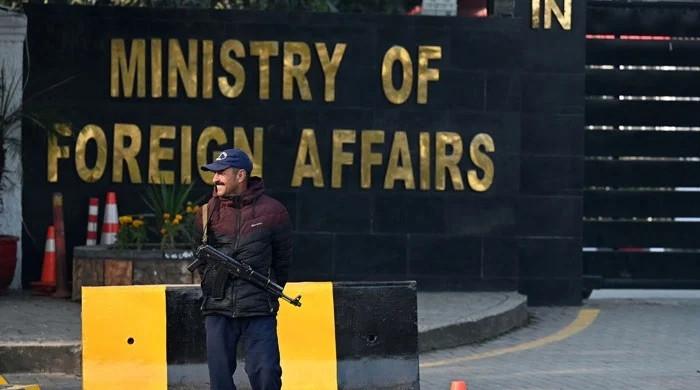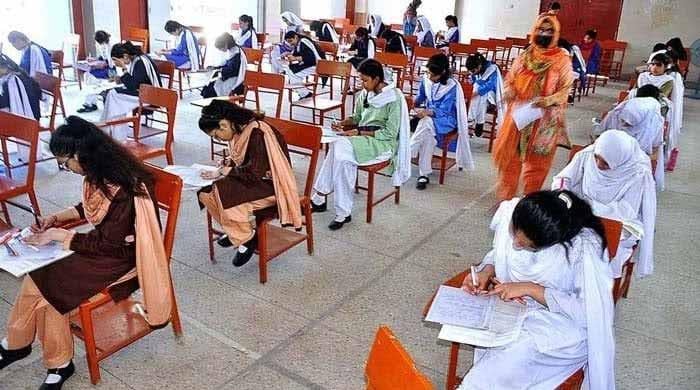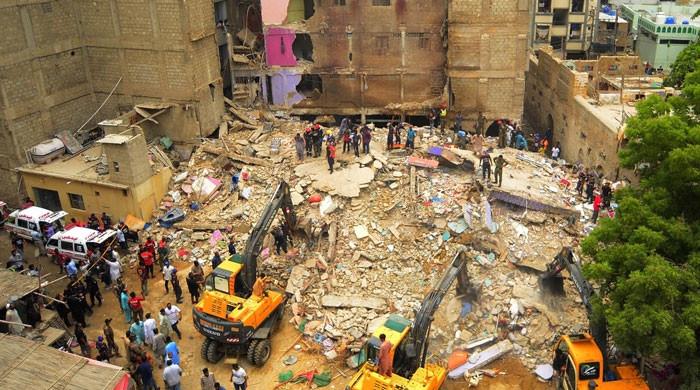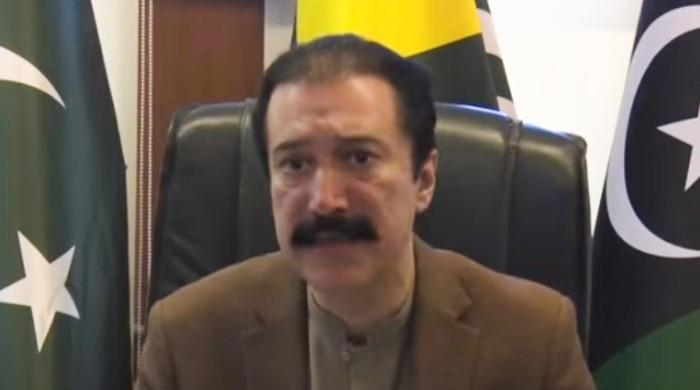What is Pakistan's way forward in managing floods?
Climate advocate urges dialogue, finance and planning to curb flood devastation
August 27, 2025
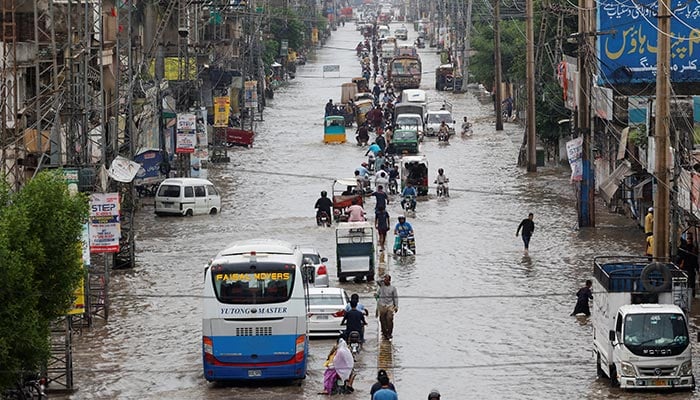
Torrents sweeping through mountain hamlets, cities drowned in stagnant waters, and mourners huddled at new graves — Pakistan’s monsoon has once again brought devastation, exposing deep flaws in preparedness.
More than 800 people have lost their lives, over 150,000 displaced, 1,100 injured, and more than 7,800 houses have been either fully or partially damaged.
Without better regulation of construction and sewer maintenance, the annual downpours that have left hundreds dead in recent months will continue to kill, experts say.
Even Prime Minister Shehbaz Sharif appeared to agree as he toured flood-stricken northwestern Khyber Pakhtunkhwa province last week, where landslides killed more than 450 people.
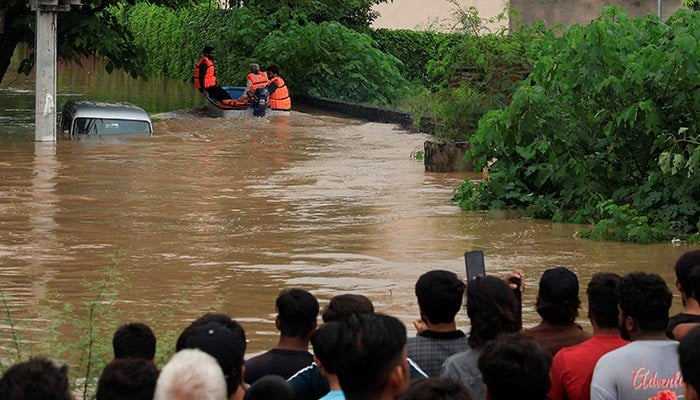
“Natural disasters are acts of God, but we cannot ignore the human blunders,” he said.
“If we keep letting influence-peddling and corruption control building permits, neither the people nor the governments will be forgiven.”
Pakistan is among the countries most vulnerable to climate change, with limited resources for adaptation.
Climate policy advocate Zainab Naeem said Pakistan needed to strengthen its climate action by adopting district-level adaptation planning, particularly in hotspot zones.
She, while speaking to Geo.tv, stressed the importance of carrying out vulnerability assessments in areas facing climate-related destruction, whether caused by glacial lake outburst floods, landslide lake outburst floods, cloudbursts or urban flooding.
Pakistan also needs to enhance or rather implement urban planning because that is totally missing from major cities
“So based on this, Pakistan also needs to enhance or rather implement urban planning because that is totally missing from major cities and metropolitan areas which are now suffering,” she explained.
“There are housing societies that have been constructed along floodplains and because of the encroachments along floodplains on the riverbeds and on the beds of those streams which flow from the mountains, especially in the Potohar region and also in the Karachi region, the new and posh housing societies are getting flooded and people are getting affected because their investments are being — they’re suffering losses. So in that perspective, Pakistan needs to enforce no construction zones or no build zones along the floodplains.”
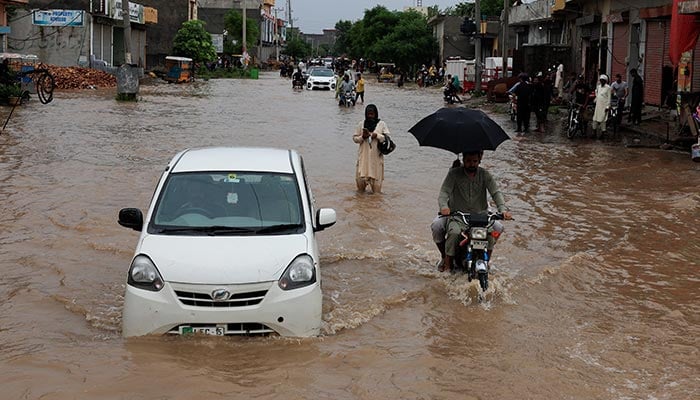
Naeem further emphasised that Pakistan must also focus on developing its domestic climate finance potential. Referring to the Pakistan Climate Change Act, she said the country should establish a domestic climate fund drawing on resources from the private sector and the humanitarian community to strengthen national climate action.
“As of now, there are right-wing governments internationally who are not ready to invest in climate and who are not ready to support countries like Pakistan in the context of climate action. That is why it is important that we tap our own resources, we get an estimate of how much we are capable of investing in climate action through our domestic resources and then we need to strategise and also prioritise climate-smart development, climate-smart investment, which is people-centric.”
She stressed that this approach must extend to all parts of the country.
“So whether it is Gilgit Baltistan, it is Khyber Pakhtunkhwa or Balochistan, Sindh or Punjab and even in the federal areas, there’s a need to sit down and there’s a need to have dialogue, especially among the provincial governments with the federal government on what are the challenges they are facing in the context of climate change, apart from the finances, how and why they are not able to strengthen or upscale their climate action.”
Concluding her remarks, Naeem said: “So I think a grand dialogue would be helpful for Pakistan to initiate a national-level climate-smart action planning strategy that can help us in adapting to the climate-induced disasters which are wreaking havoc in the country.”




